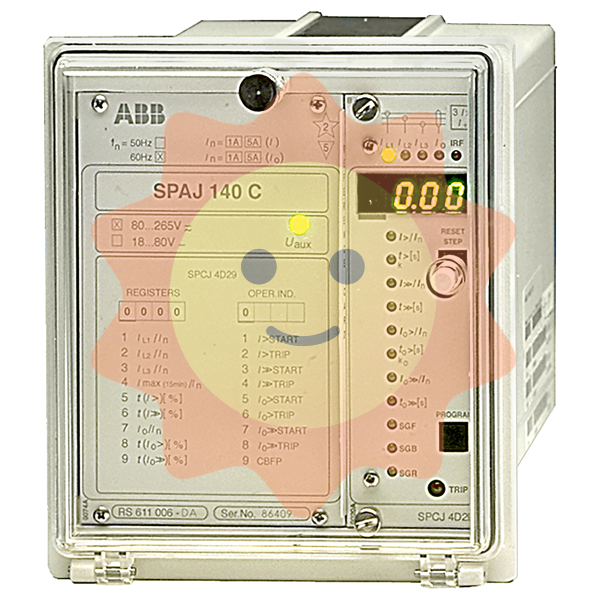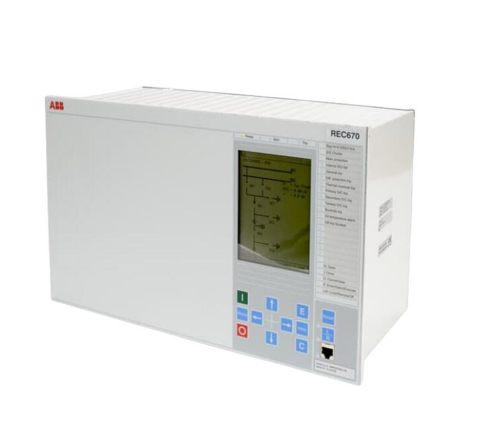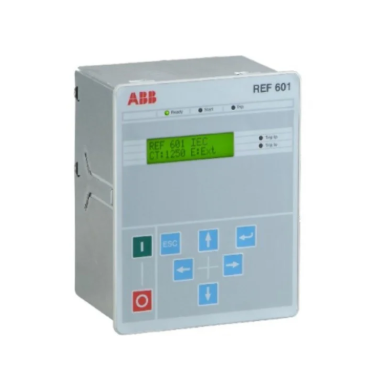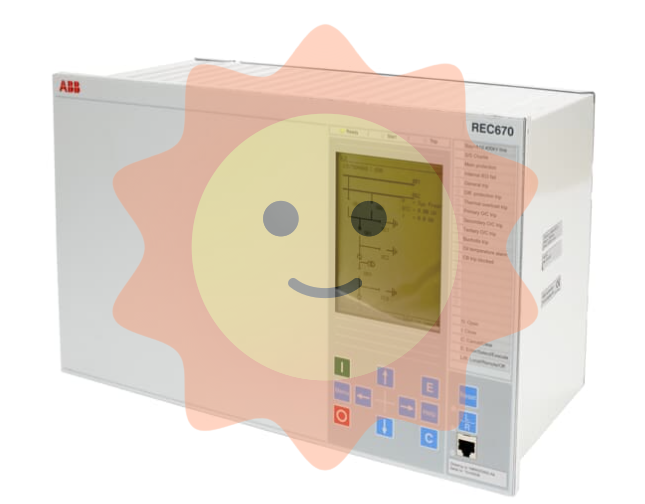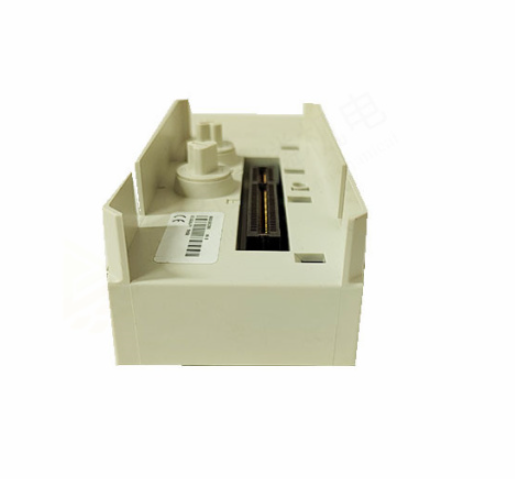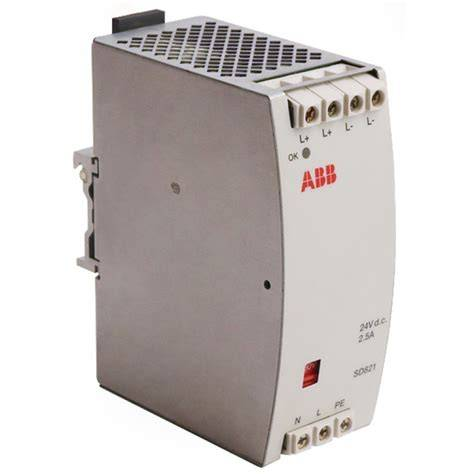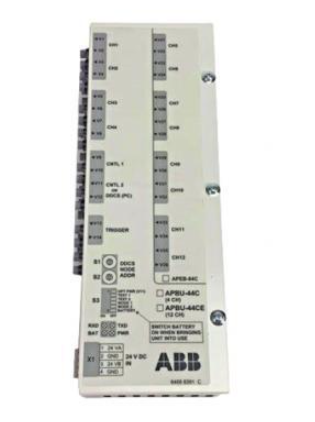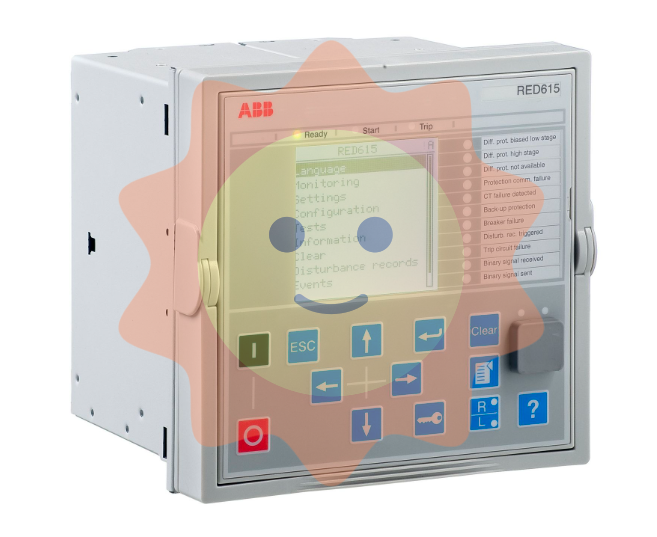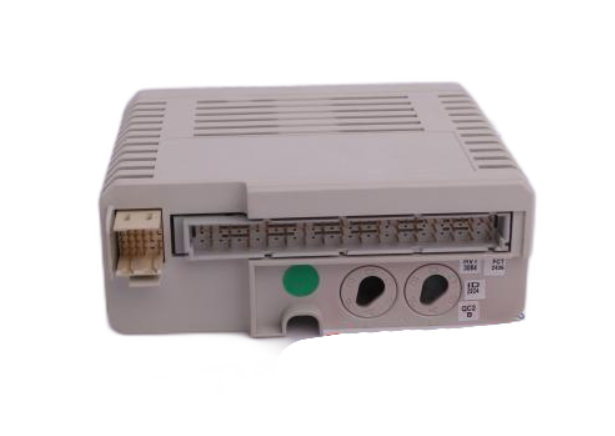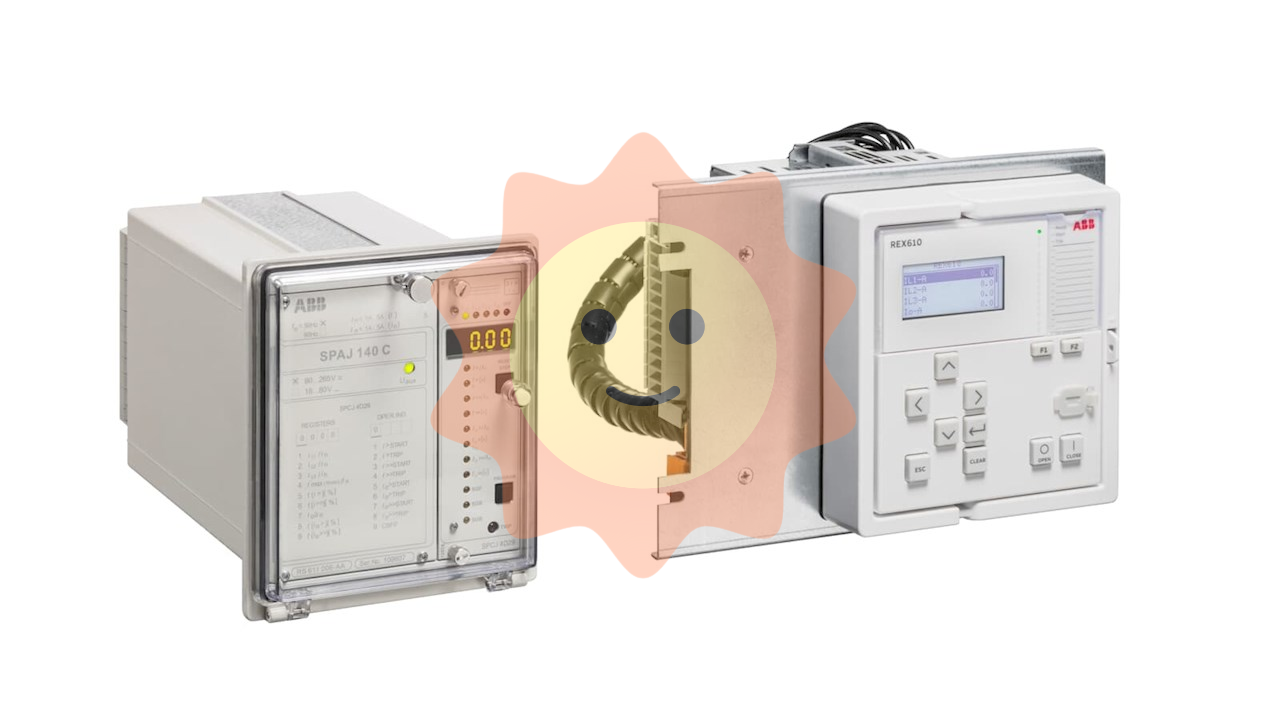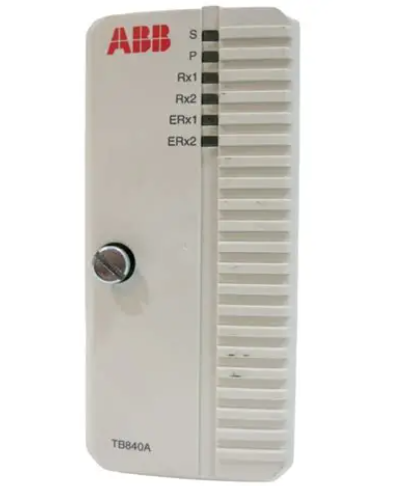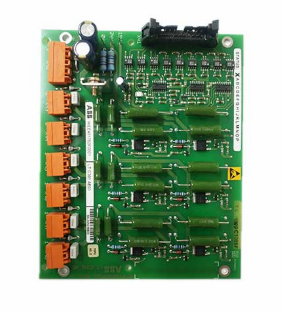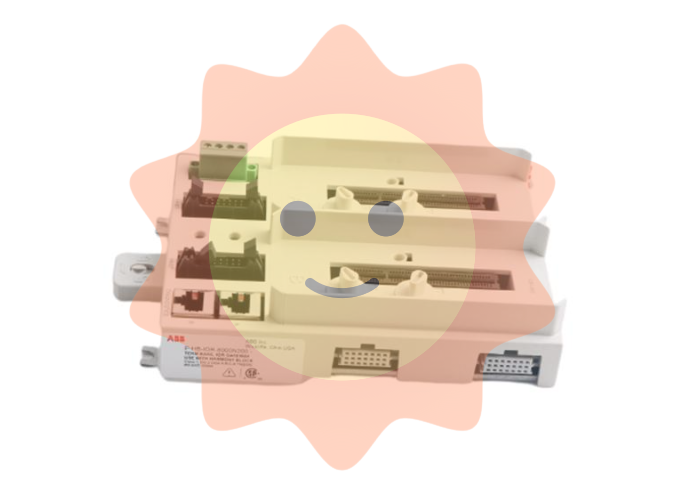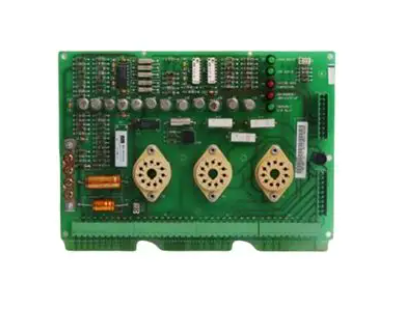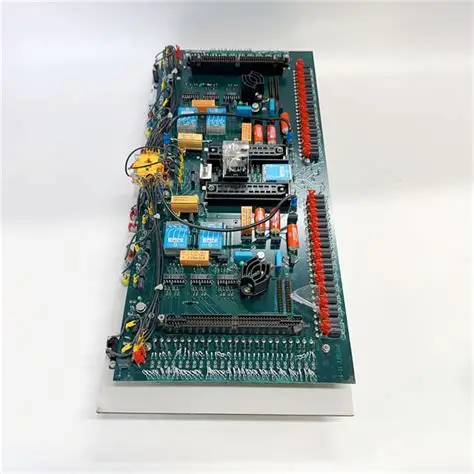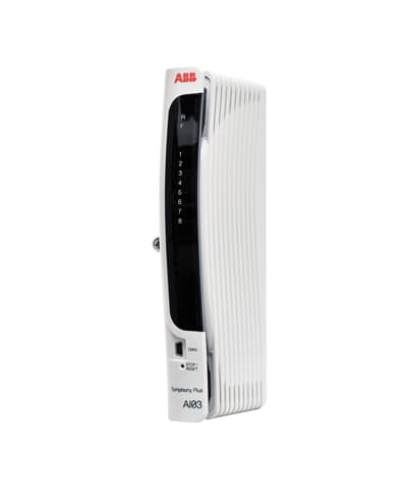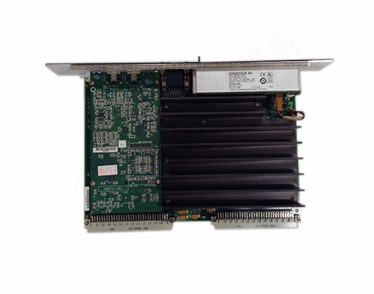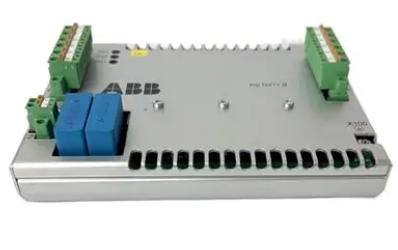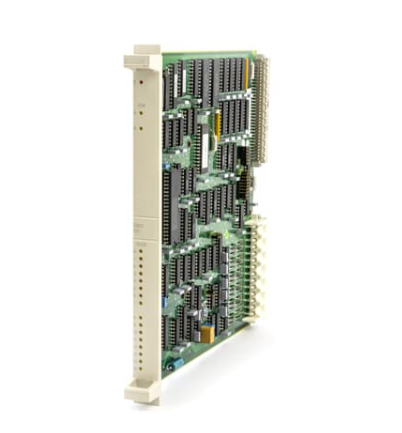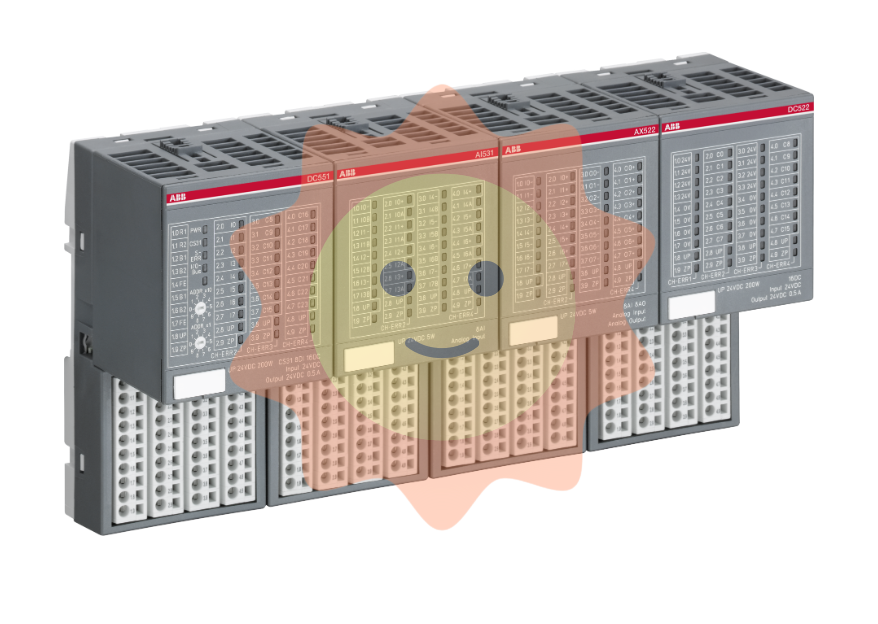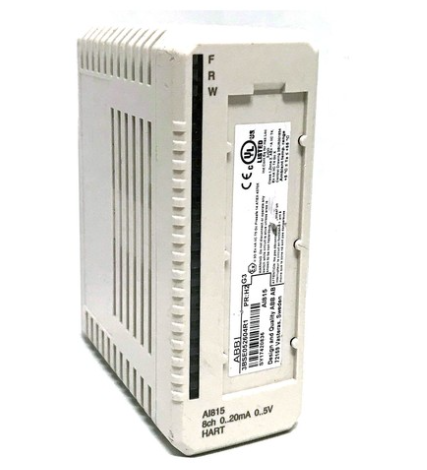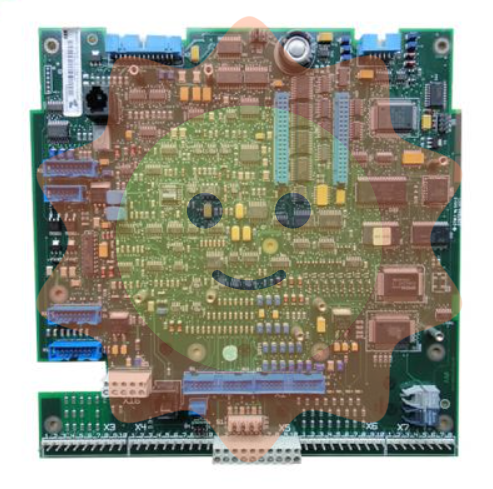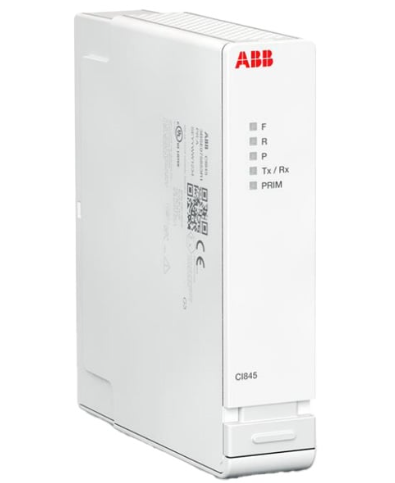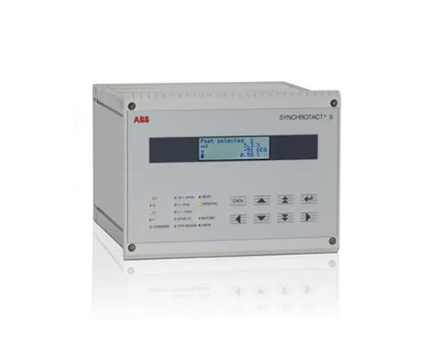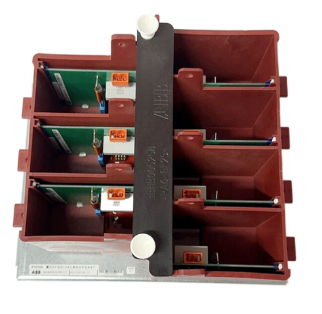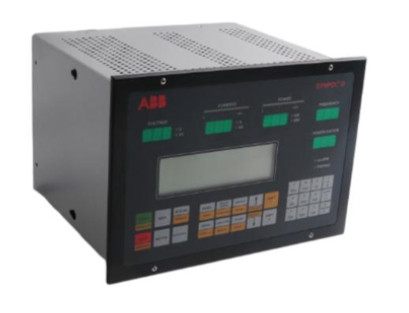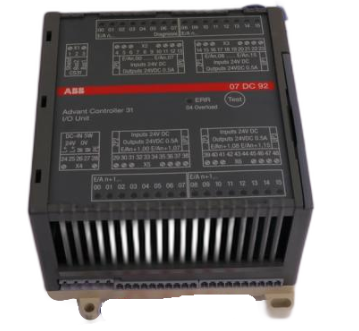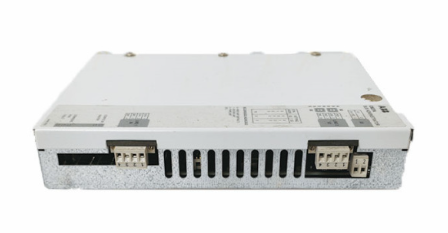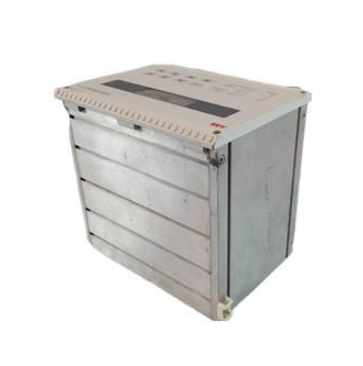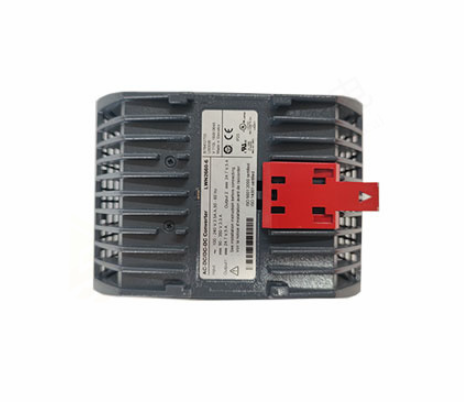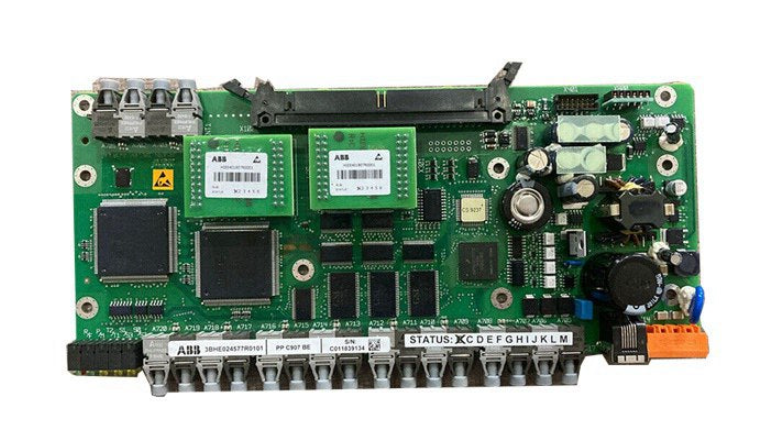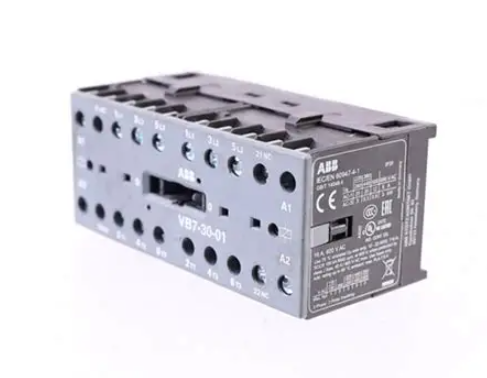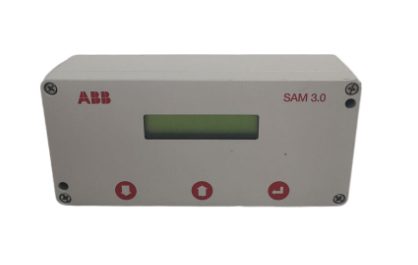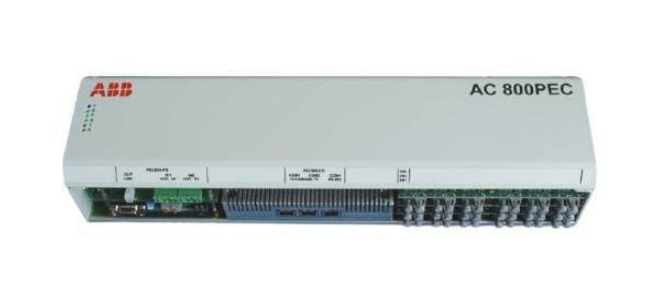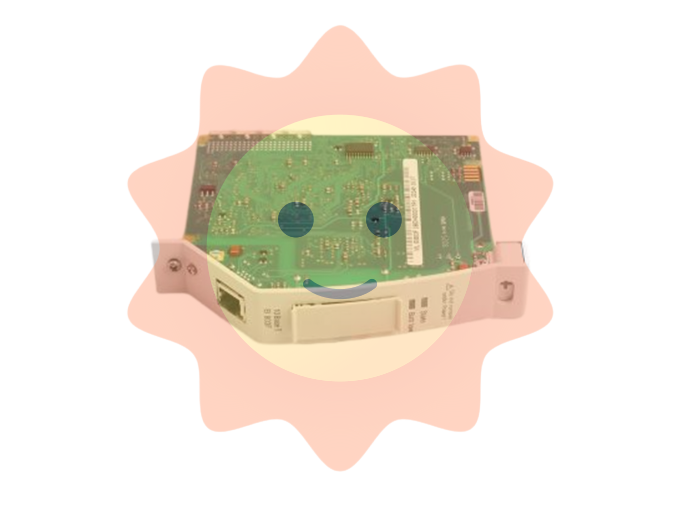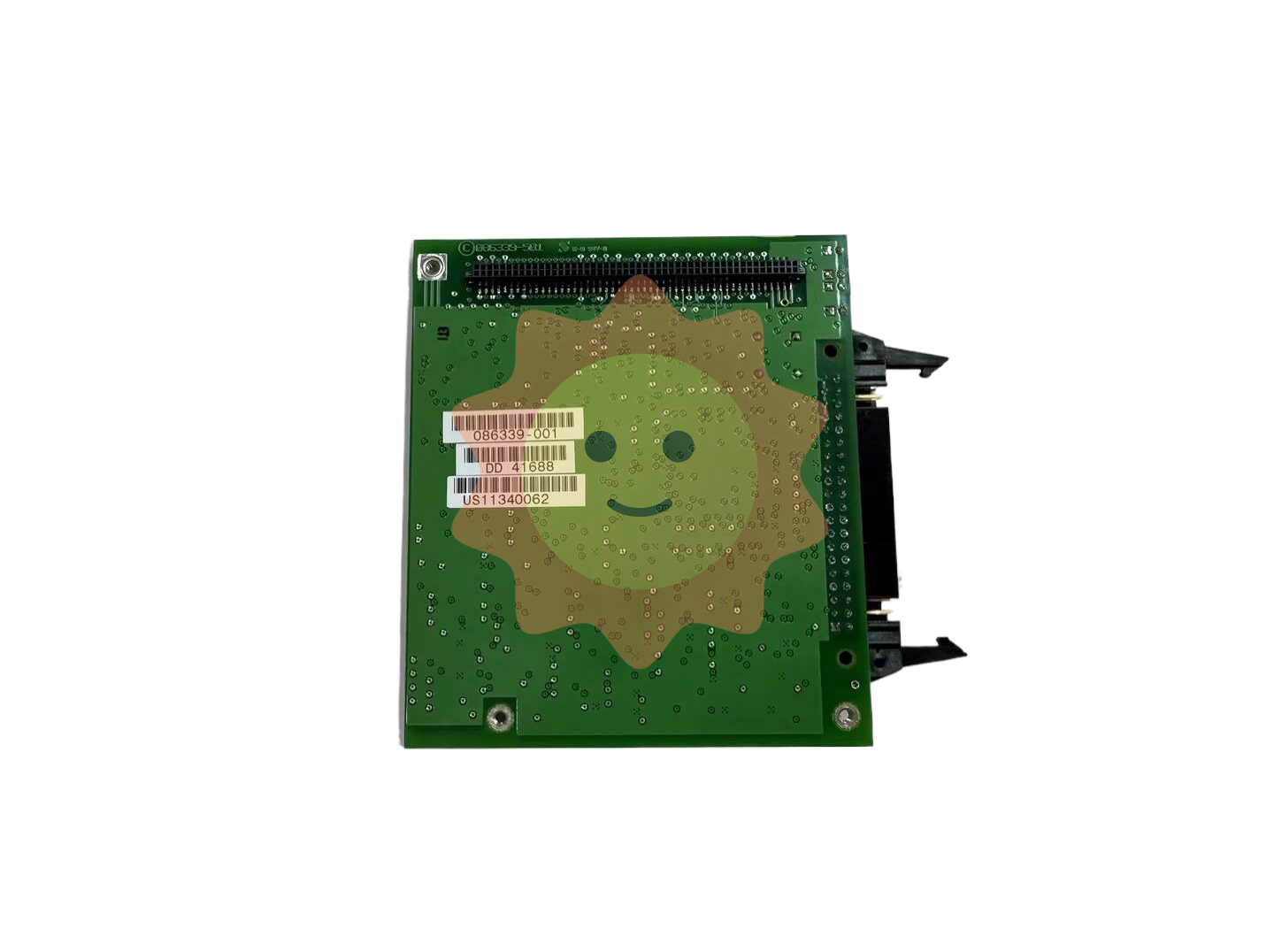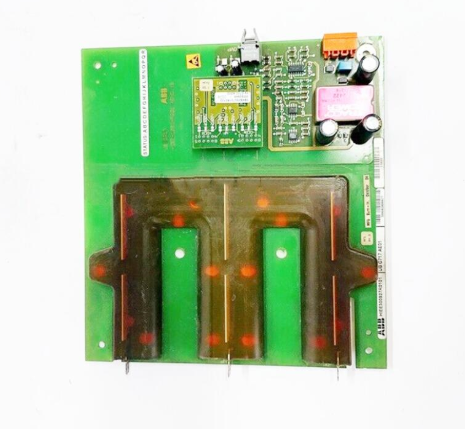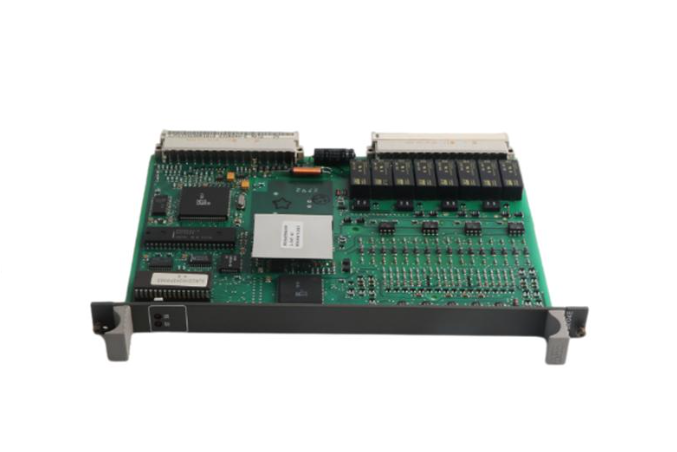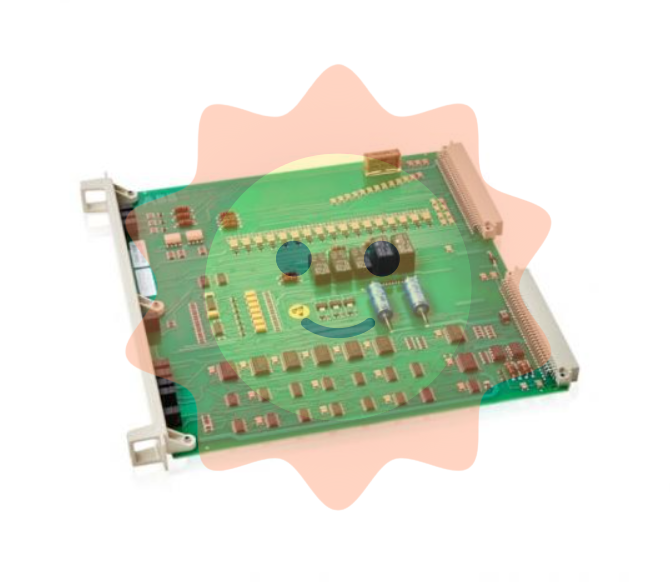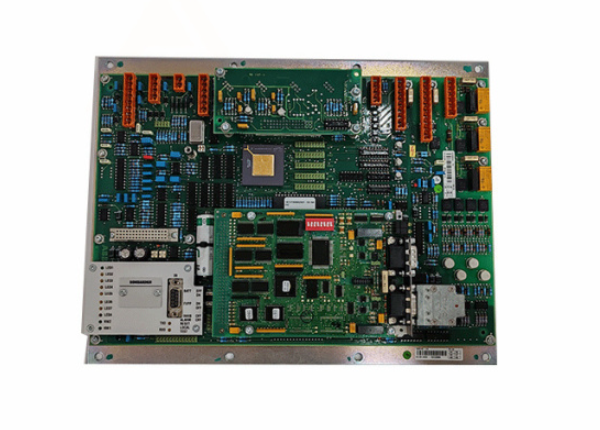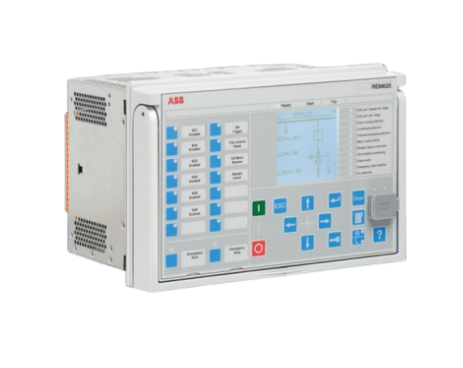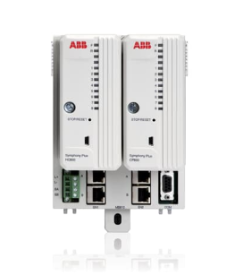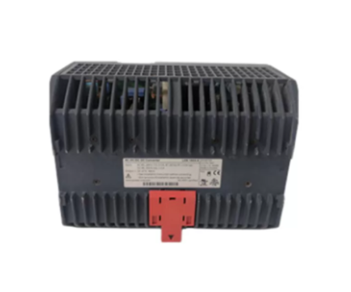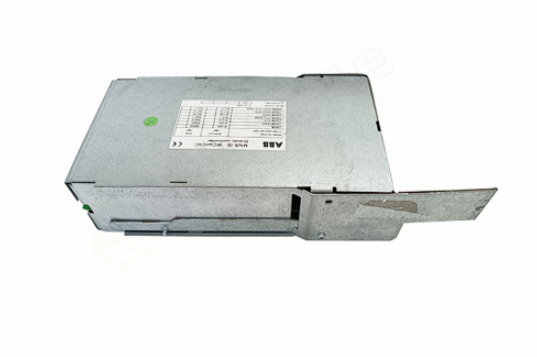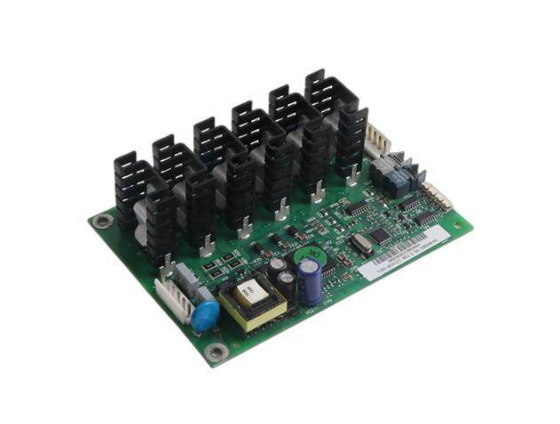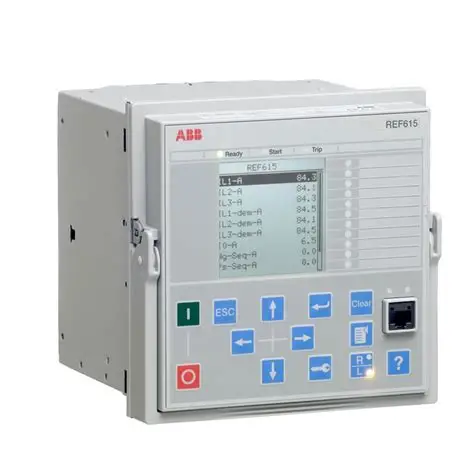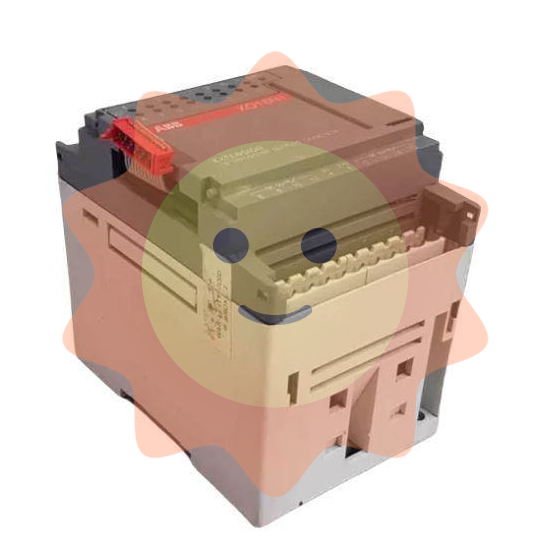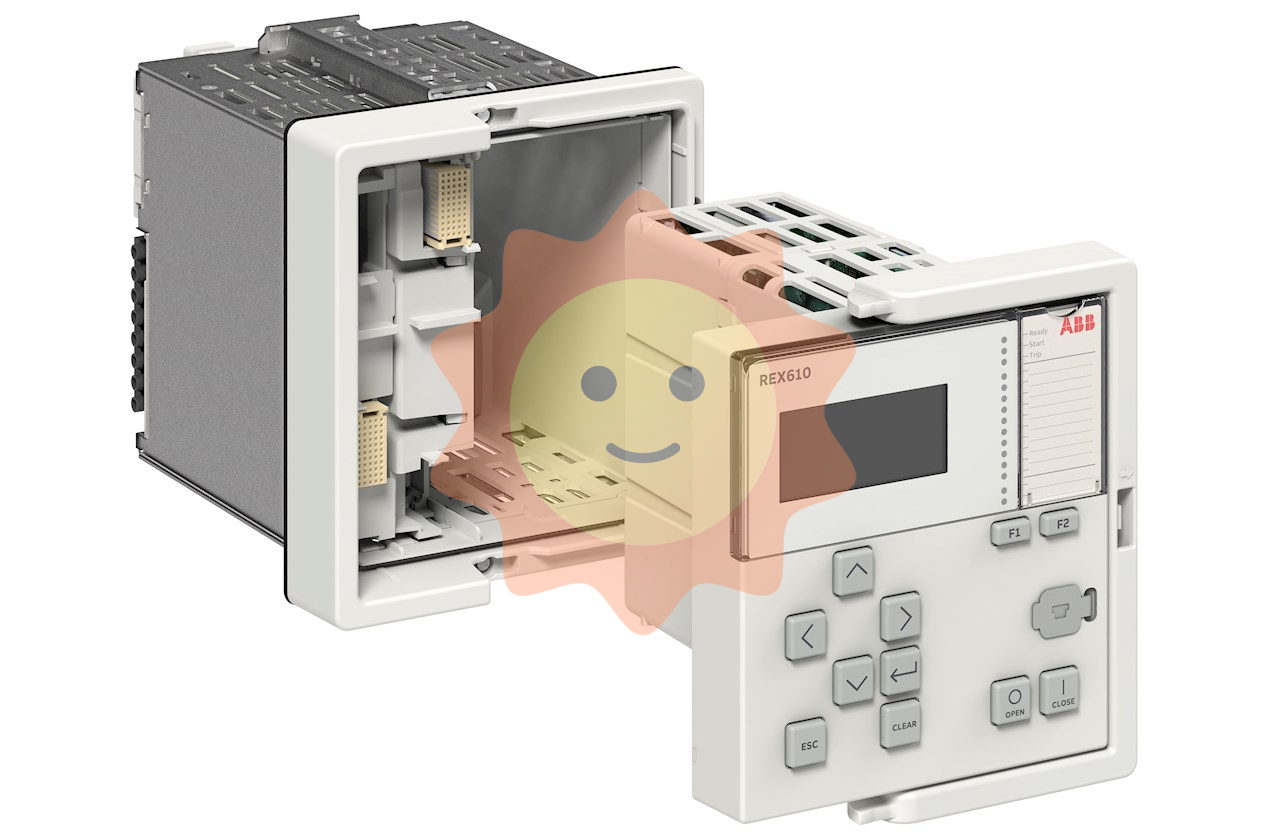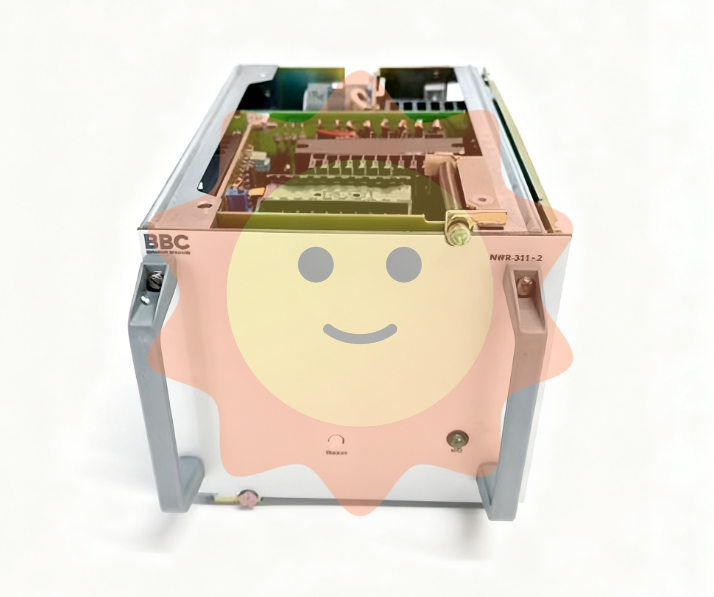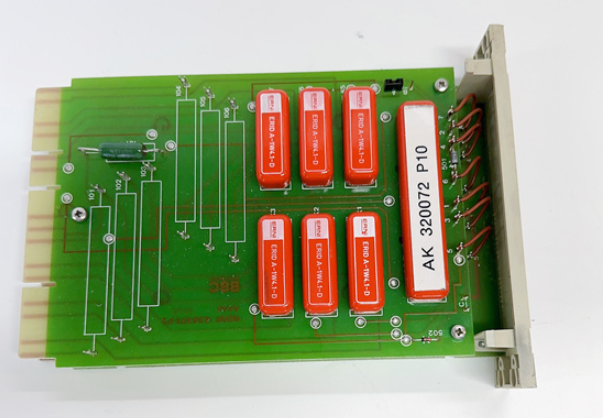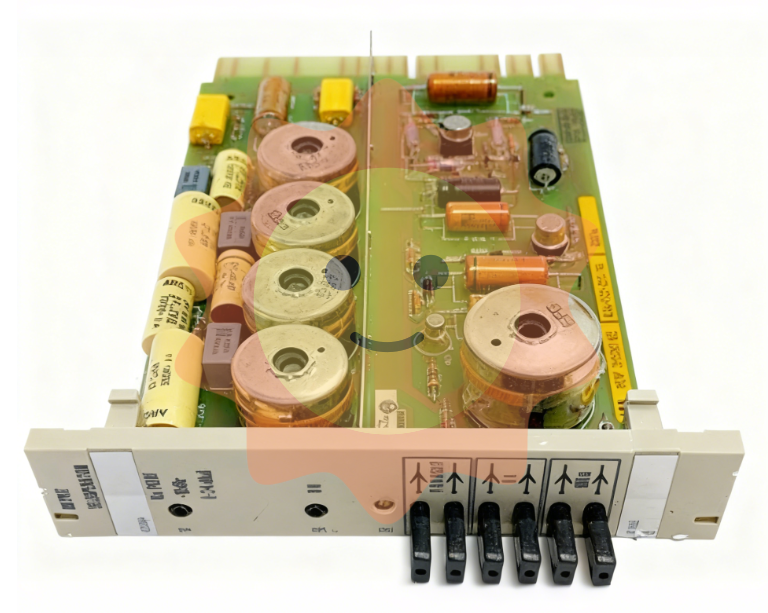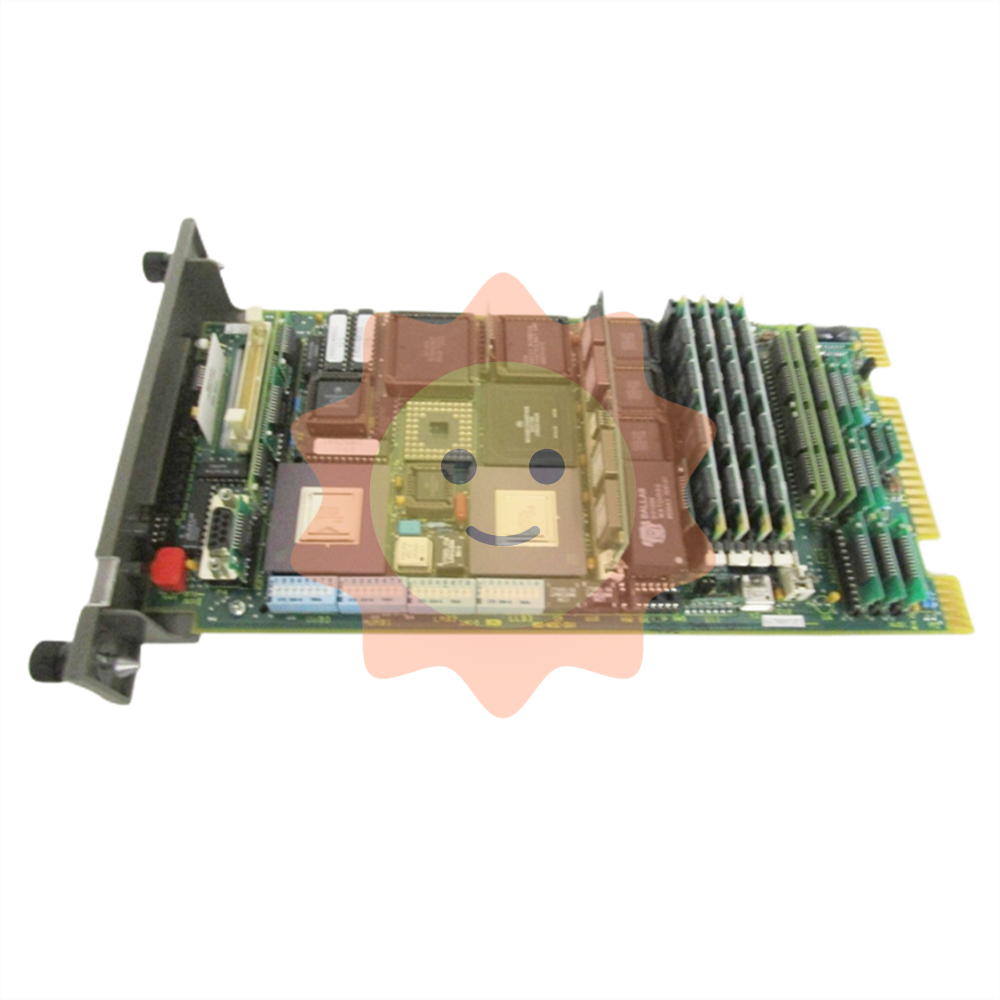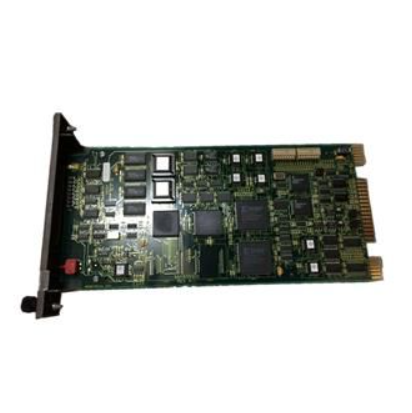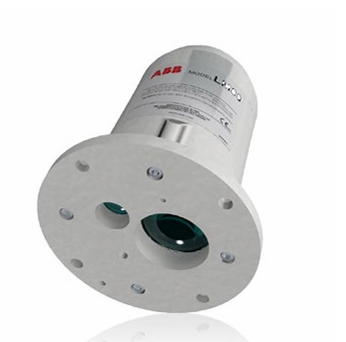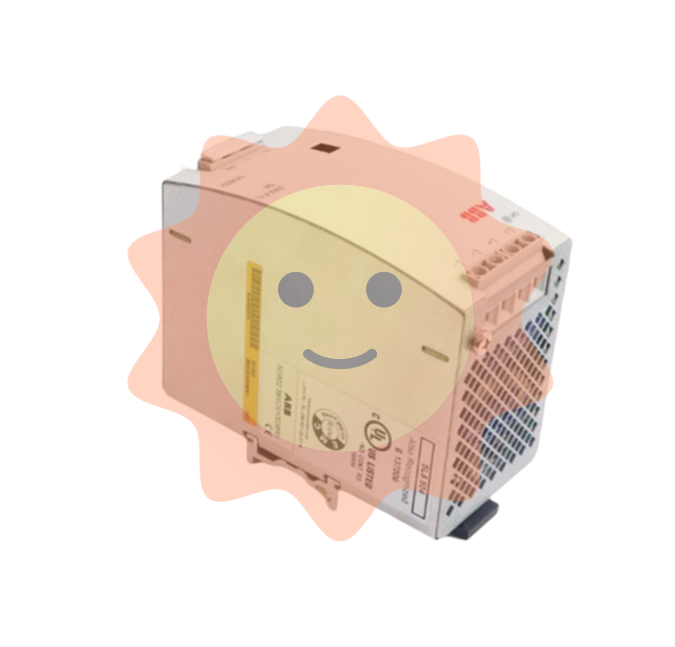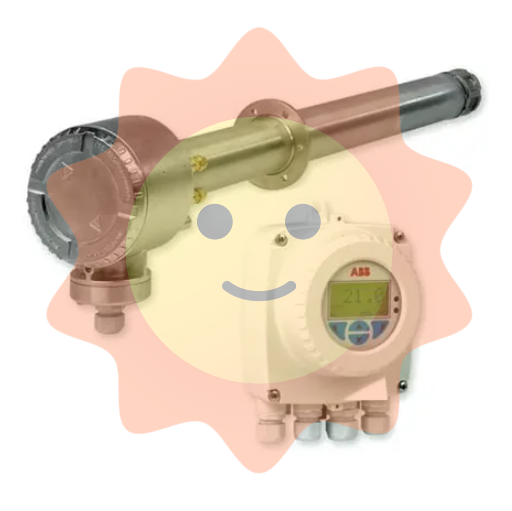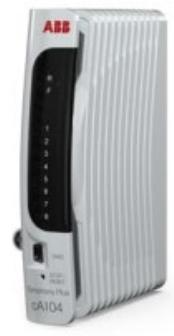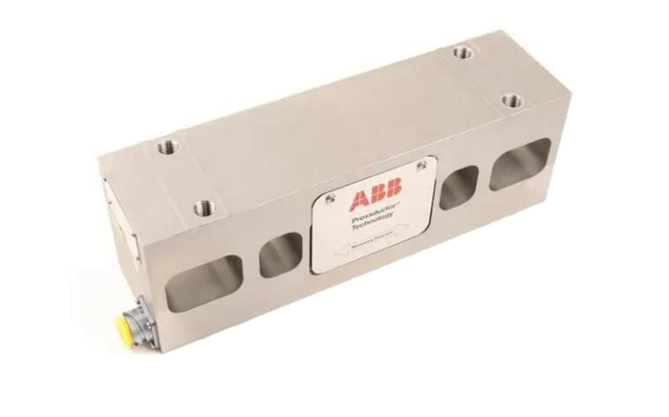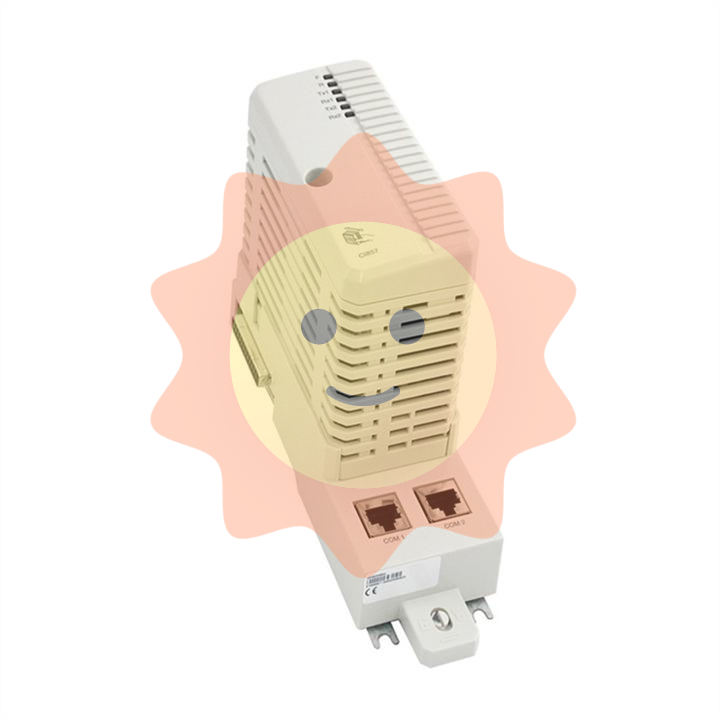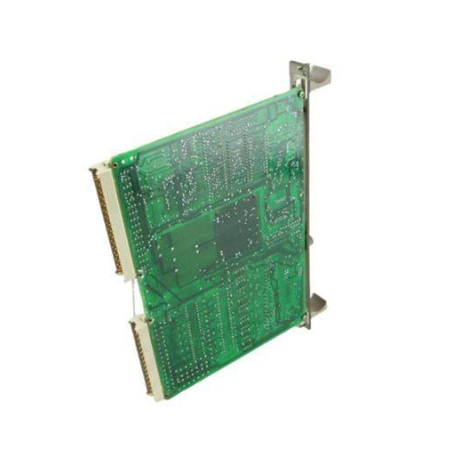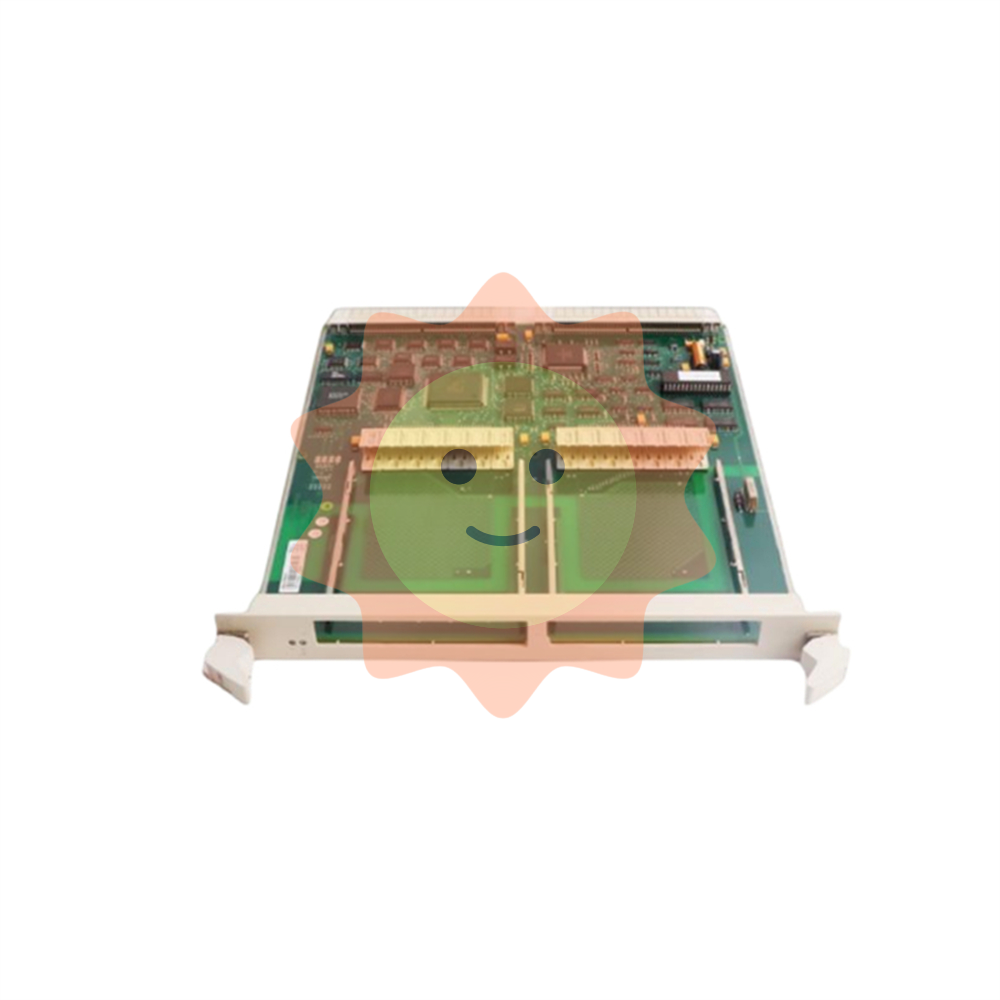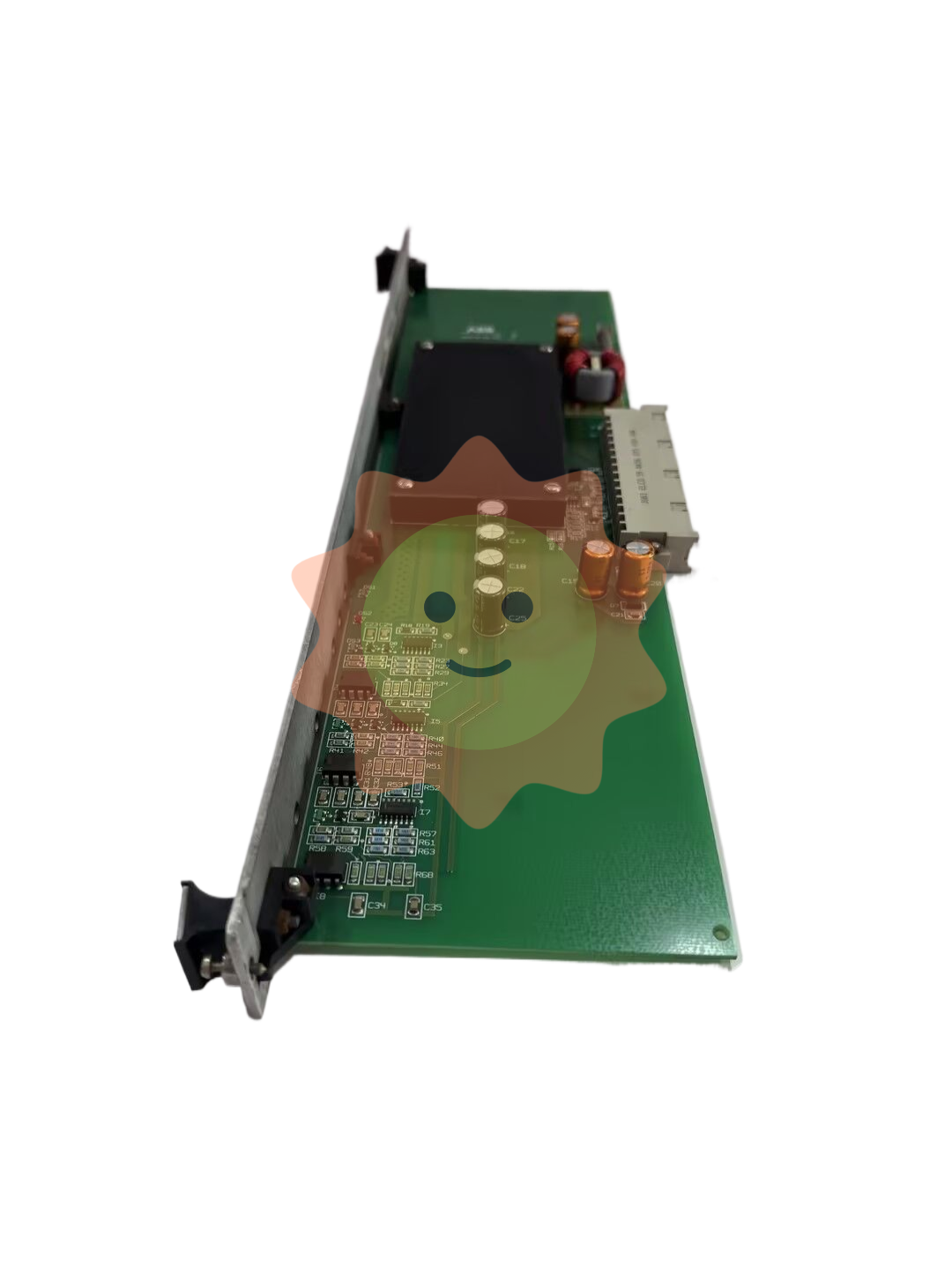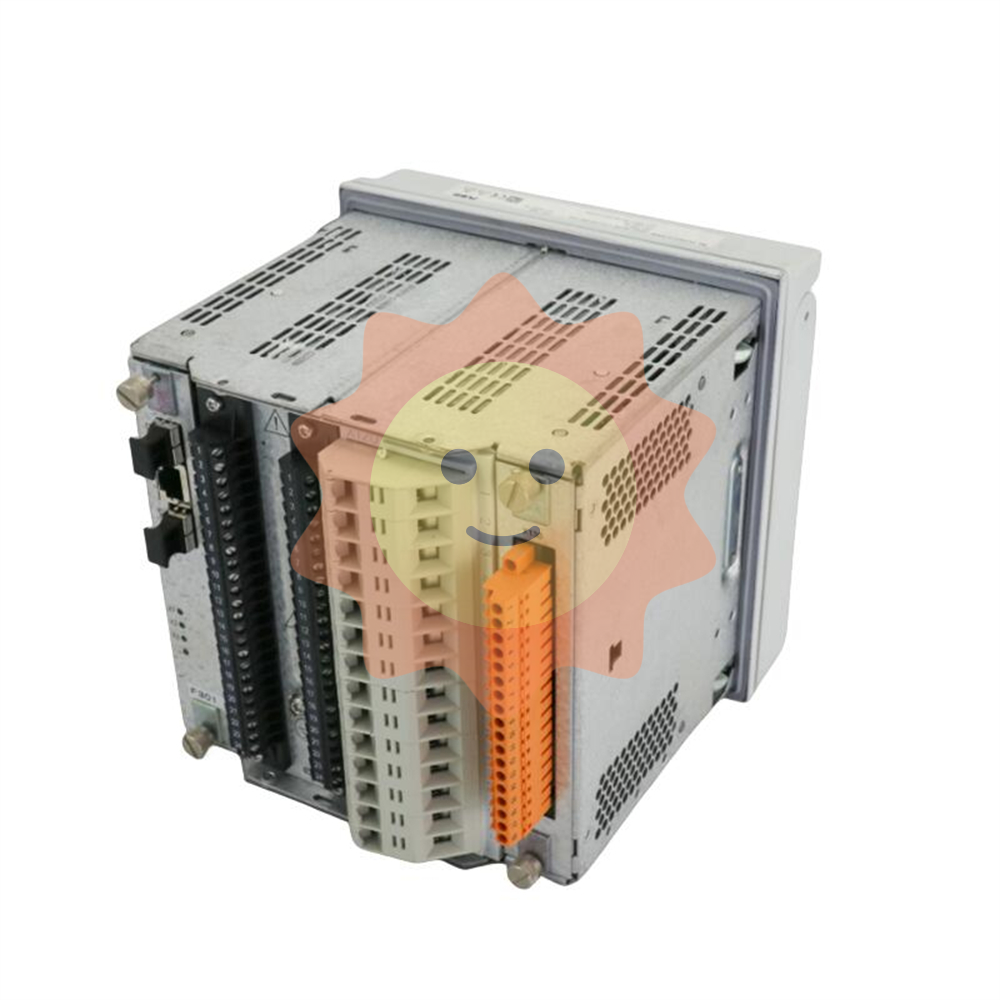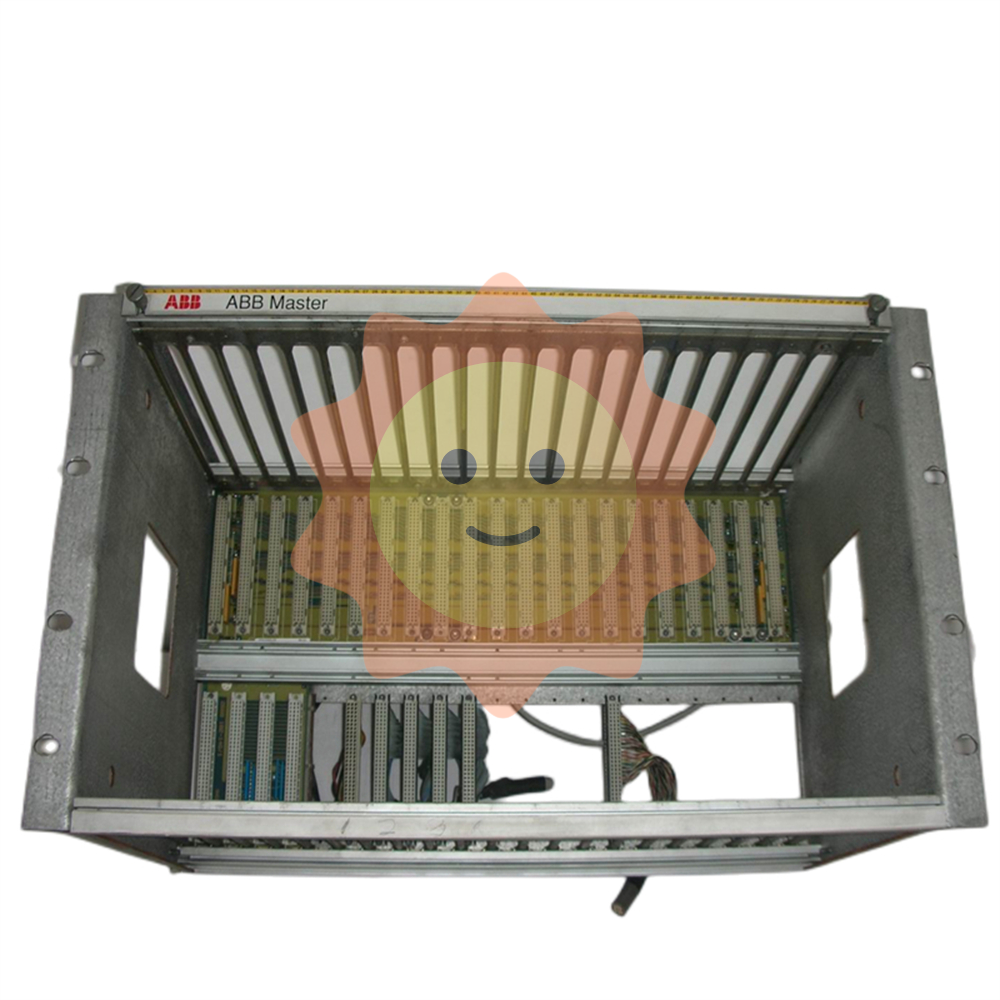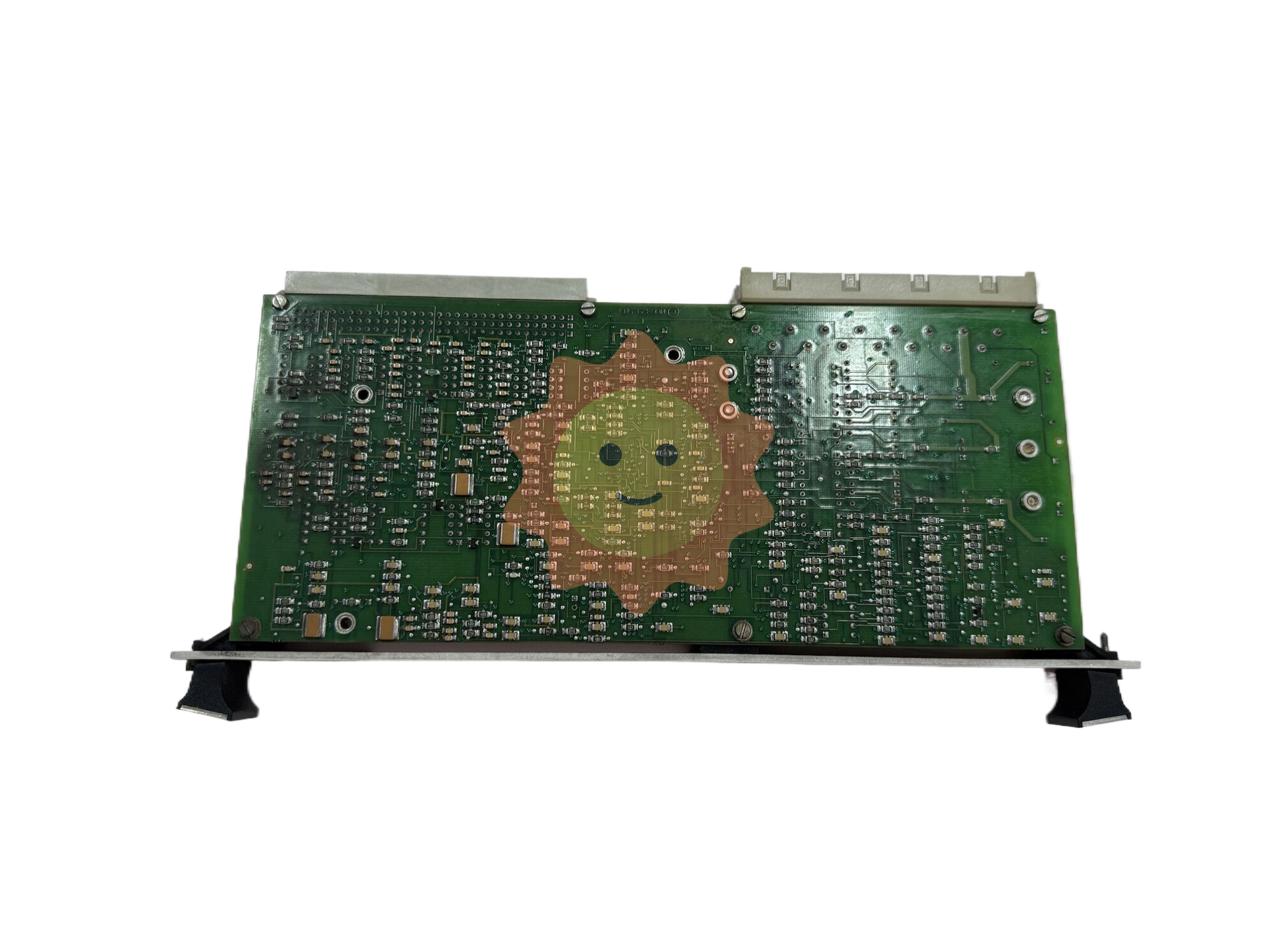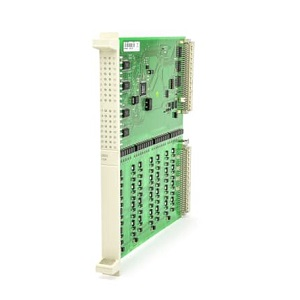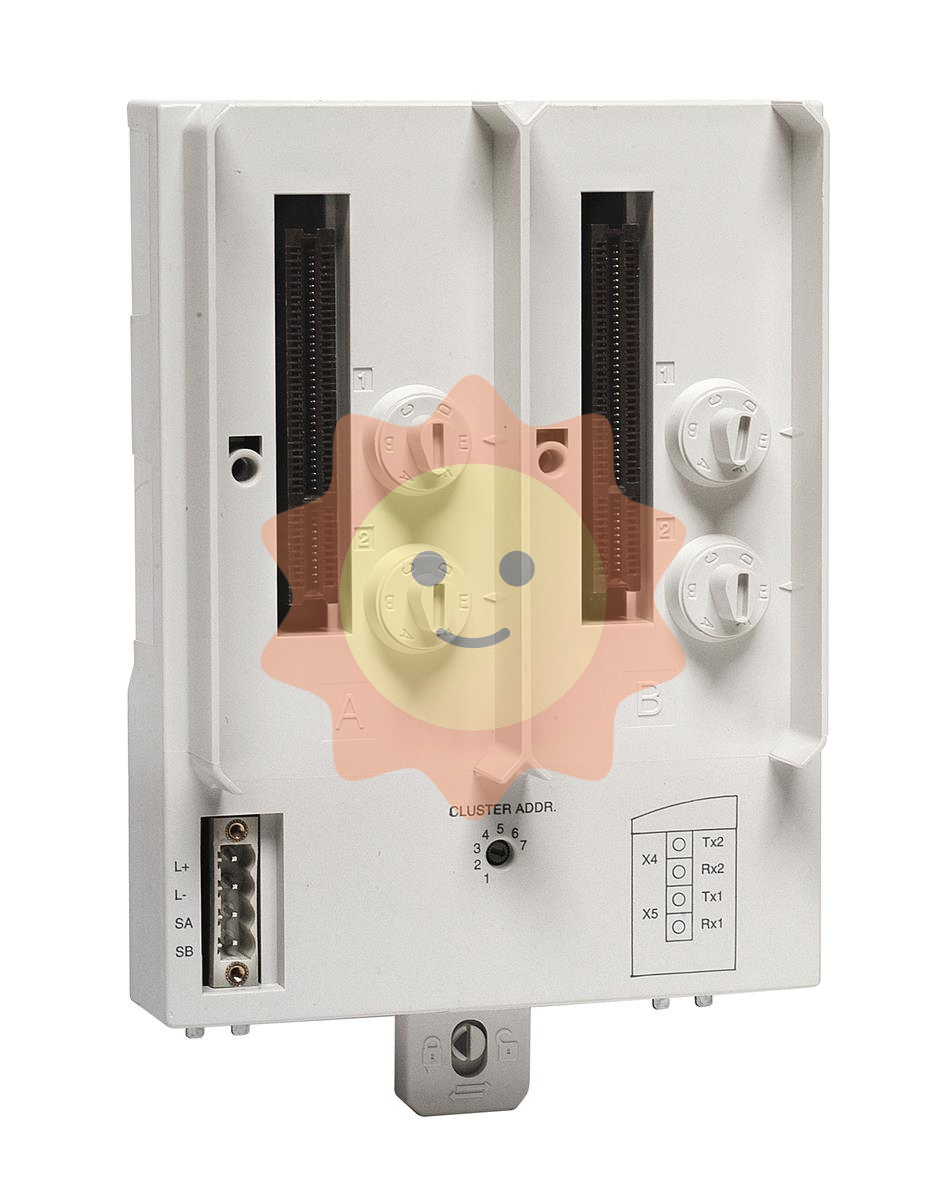Xycom 602939-01 XVME-203/293 Counter Module 70203-00
Trigger function: It has multiple triggering methods, such as software triggering, hardware triggering, external triggering, etc. Accurate timing and control functions can be achieved by initiating counting, measurement, or output operations based on set triggering conditions. For example, when the input signal reaches the preset counting threshold or meets specific triggering conditions, the module can output a triggering signal to control the actions of other devices.
Data processing and storage: Internally integrated with a data processing unit, it can perform simple processing and analysis on the collected counting and measurement data, such as filtering, averaging, etc., to improve the accuracy and reliability of the data. At the same time, it has a certain data storage capacity, which can store historical counting data and measurement results, making it convenient for users to conduct data analysis and troubleshooting.
Working principle
Xycom 602939-01 XVME-203/293 Counter Module 70203-00 Receive pulse signals output by external devices (such as sensors, encoders, etc.) through input channels. When the pulse signal is input to the module, the internal counting circuit counts the pulse according to the set counting mode and stores the counting result in the corresponding register. For the frequency and cycle measurement function, the module works in conjunction with a timer and counter to count the input pulses within a certain period of time, and calculates the frequency and cycle values based on the counting results and time intervals. When the triggering conditions are met, the triggering circuit will generate corresponding triggering signals to control the output circuit or communicate with external devices. The module is connected to the external control system through a communication interface, transmitting counting, measurement, and status data to the control system, while receiving configuration and control instructions sent by the control system, achieving remote operation and management of the module.
Key advantages
High precision and high speed: Advanced counting and measurement technology is used to achieve high-precision counting and fast signal processing. Whether it is low-speed or high-speed pulse signals, it can accurately count and measure, ensuring the accuracy and reliability of data, and meeting the requirements of industrial automation and testing measurement for high precision and high speed.
Flexibility and Scalability: With rich functionality and flexible configuration options, users can choose different counting modes, triggering methods, communication protocols, etc. according to their actual application needs. At the same time, the module supports modular design, which can be easily combined and expanded with other XVME series modules to build more complex automation control systems, improving the adaptability and scalability of the system.
High reliability and stability: Using industrial grade components and strict production processes, the module undergoes rigorous testing and verification to ensure long-term stable operation in harsh industrial environments. Having good anti-interference ability, able to resist the influence of electromagnetic interference, power fluctuations and other factors, ensuring the accuracy of counting and measurement, reducing equipment failures and downtime.
Easy to integrate and use: Provides standard communication interfaces and a comprehensive software development kit (SDK) for easy integration with various control systems and software. Users can quickly implement module functions through simple programming and configuration, reducing development difficulty and costs. At the same time, the module is equipped with detailed user manuals and technical documents, providing users with comprehensive technical support and usage guidance.
Precautions
Installation and wiring: When installing modules, ensure that the installation environment is dry and ventilated, and avoid installing in environments with high temperature, humidity, corrosive gases, or strong electromagnetic interference. Strictly follow the requirements of the user manual for wiring, ensure correct power wiring, avoid reverse polarity or short circuit of the power supply, and prevent damage to the module. For the wiring of input and output signals, attention should be paid to matching the signal type and level to avoid module malfunction caused by signal mismatch.
Parameter configuration: Before using the module, it is necessary to correctly configure various parameters according to actual application requirements, such as counting mode, triggering method, communication protocol, etc. When configuring parameters, carefully read the user manual to ensure that the parameter settings are correct and error free. To avoid module malfunction or inability to meet application requirements due to parameter configuration errors.
Communication and compatibility: When communicating with other devices, ensure the compatibility of communication interfaces and protocols. Check if the connection of the communication cable is secure and if the communication parameters (such as baud rate, data bits, parity bits, stop bits, etc.) are set consistently. If there is a communication problem, you can refer to the troubleshooting guide in the user manual for inspection and resolution.
- EMERSON
- Honeywell
- CTI
- Rolls-Royce
- General Electric
- Woodward
- Yaskawa
- xYCOM
- Motorola
- Siemens
- Rockwell
- ABB
- B&R
- HIMA
- Construction site
- electricity
- Automobile market
- PLC
- DCS
- Motor drivers
- VSD
- Implications
- cement
- CO2
- CEM
- methane
- Artificial intelligence
- Titanic
- Solar energy
- Hydrogen fuel cell
- Hydrogen and fuel cells
- Hydrogen and oxygen fuel cells
- tyre
- Chemical fiber
- dynamo
- corpuscle
- Pulp and paper
- printing
- fossil
- FANUC
- Food and beverage
- Life science
- Sewage treatment
- Personal care
- electricity
- boats
- infrastructure
- Automobile industry
- metallurgy
- Nuclear power generation
- Geothermal power generation
- Water and wastewater
- Infrastructure construction
- Mine hazard
- steel
- papermaking
- Natural gas industry
- Infrastructure construction
- Power and energy
- Rubber and plastic
- Renewable energy
- pharmacy
- mining
- Plastic industry
- Schneider
- Kongsberg
- NI
- Wind energy
- International petroleum
- International new energy network
- gas
- WATLOW
- ProSoft
- SEW
- wind
- ADVANCED
- Reliance
- YOKOGAWA
- TRICONEX
- FOXBORO
- METSO
- MAN
- Advantest
- ADVANCED
- ALSTOM
- Control Wave
- AB
- AMAT
- STUDER
- KONGSBERG
- MOTOROLA
- DANAHER MOTION
- Bently
- Galil
- EATON
- MOLEX
- Triconex
- DEIF
- B&W
- ZYGO
- Aerotech
- DANFOSS
- KOLLMORGEN
- Beijer
- Endress+Hauser
- MOOG
- KB
- Moxa
- Rexroth


Email:wang@kongjiangauto.com

